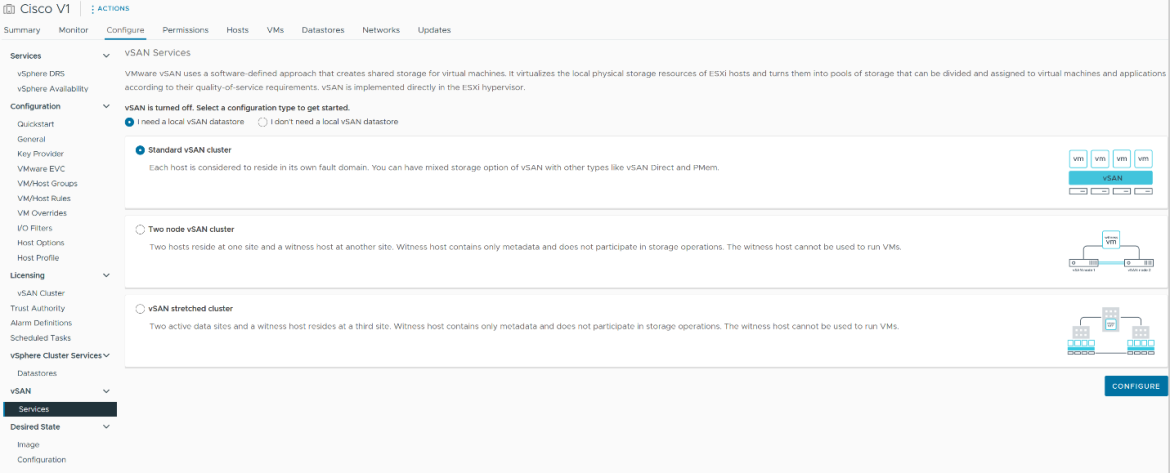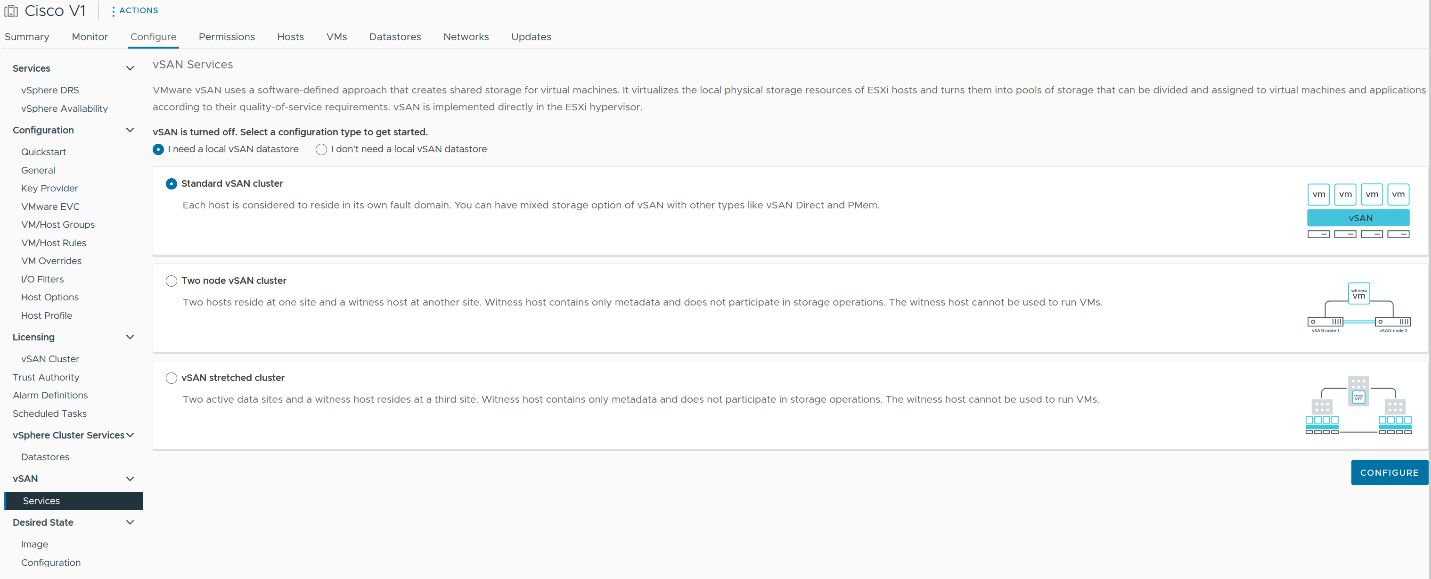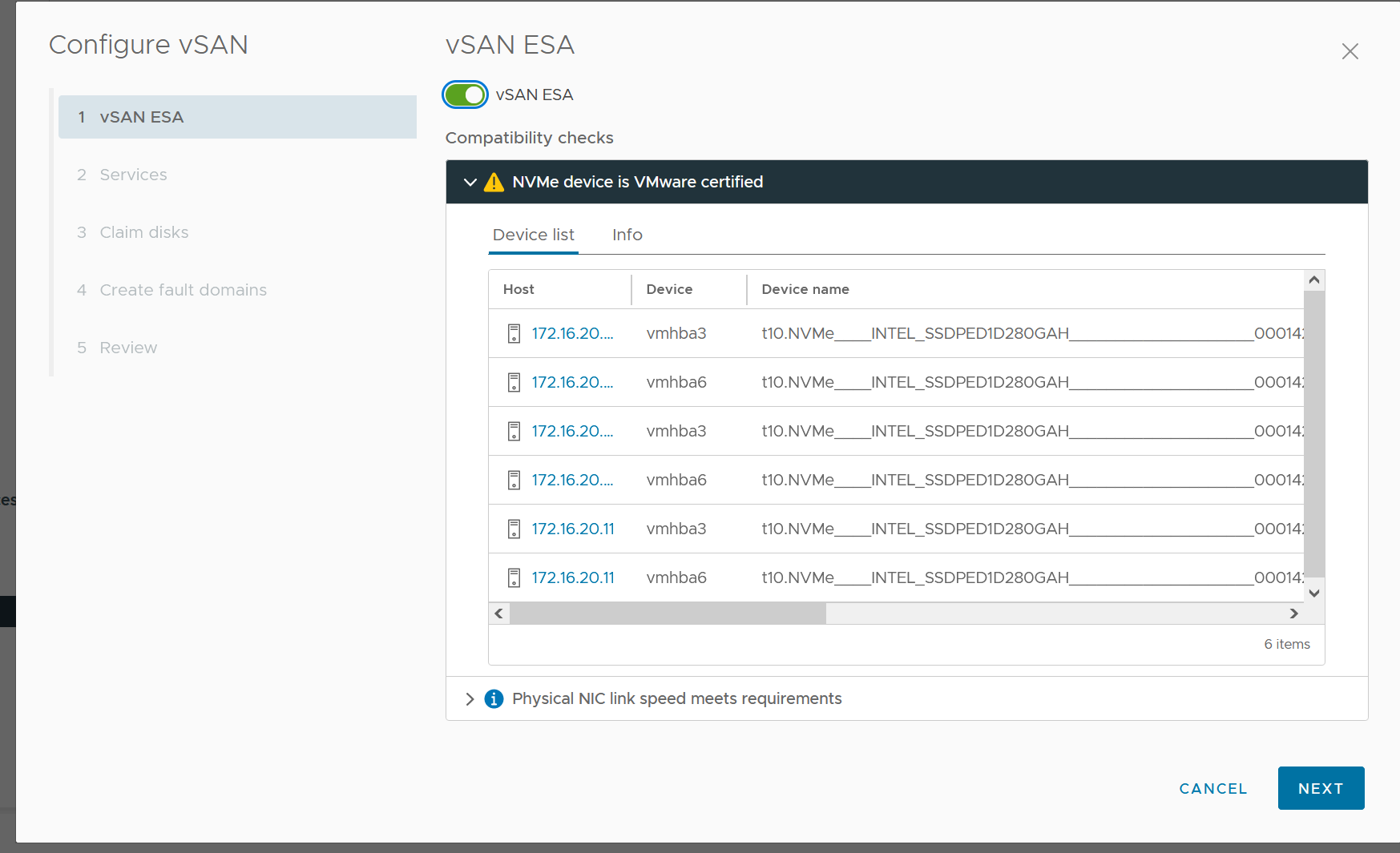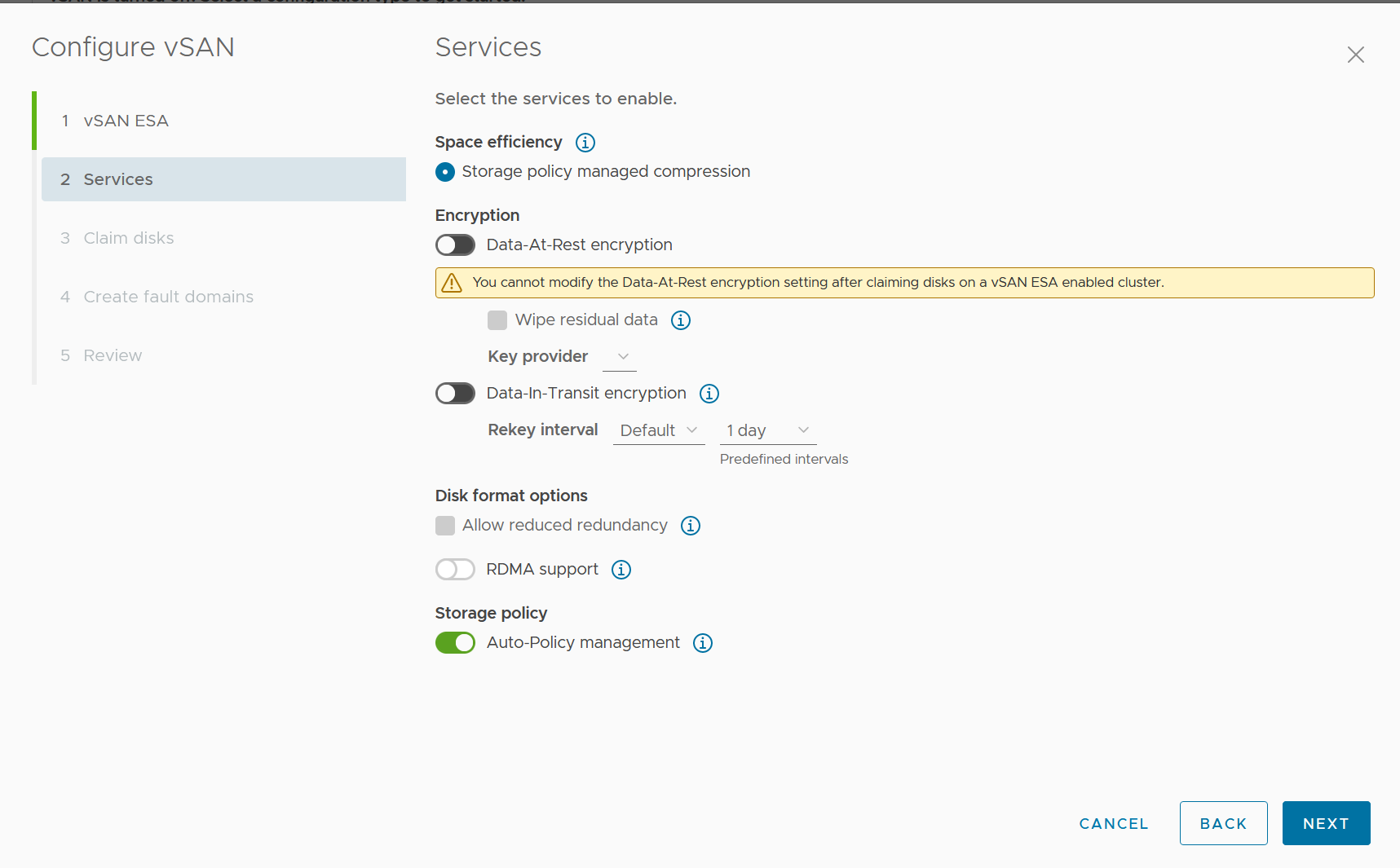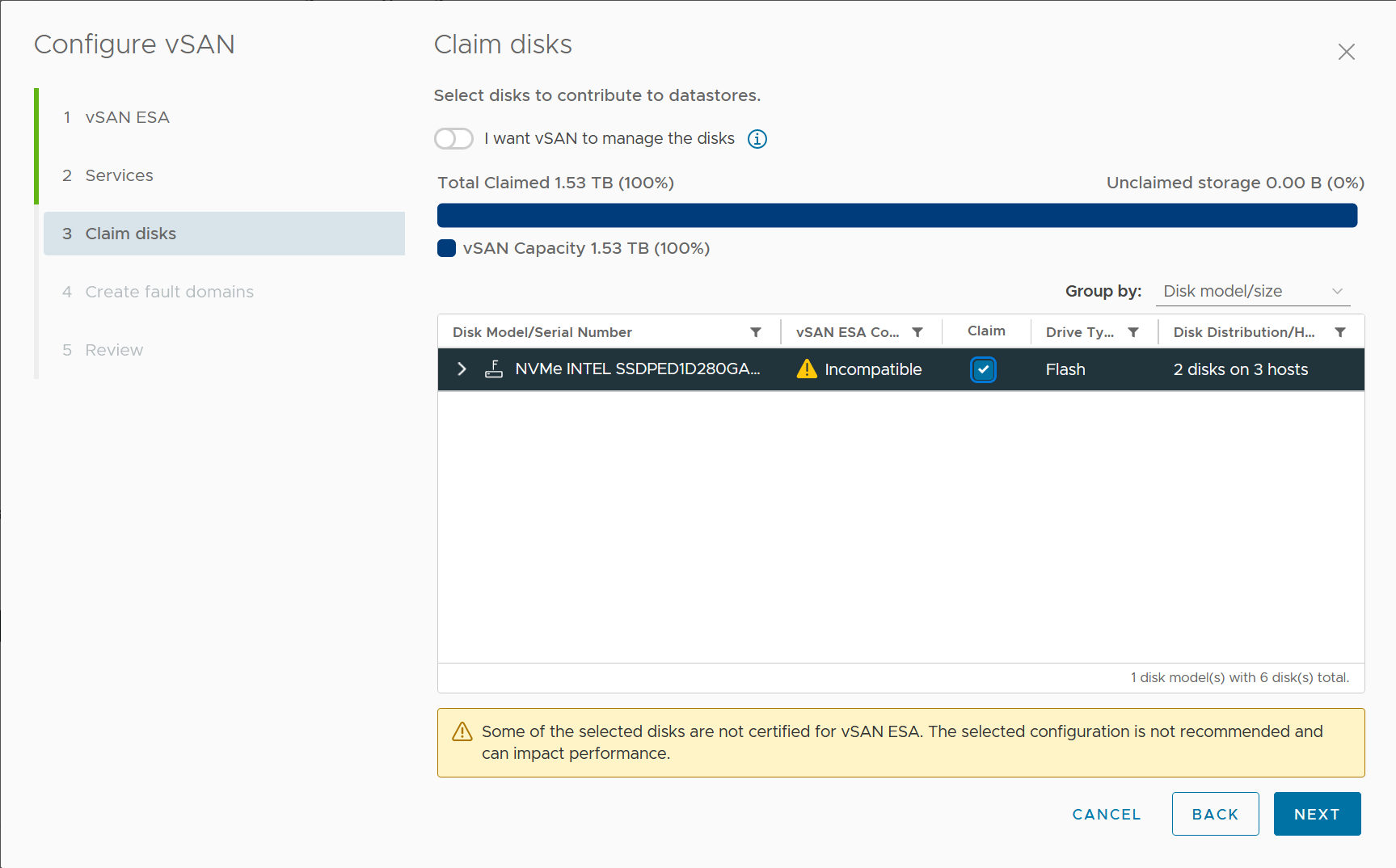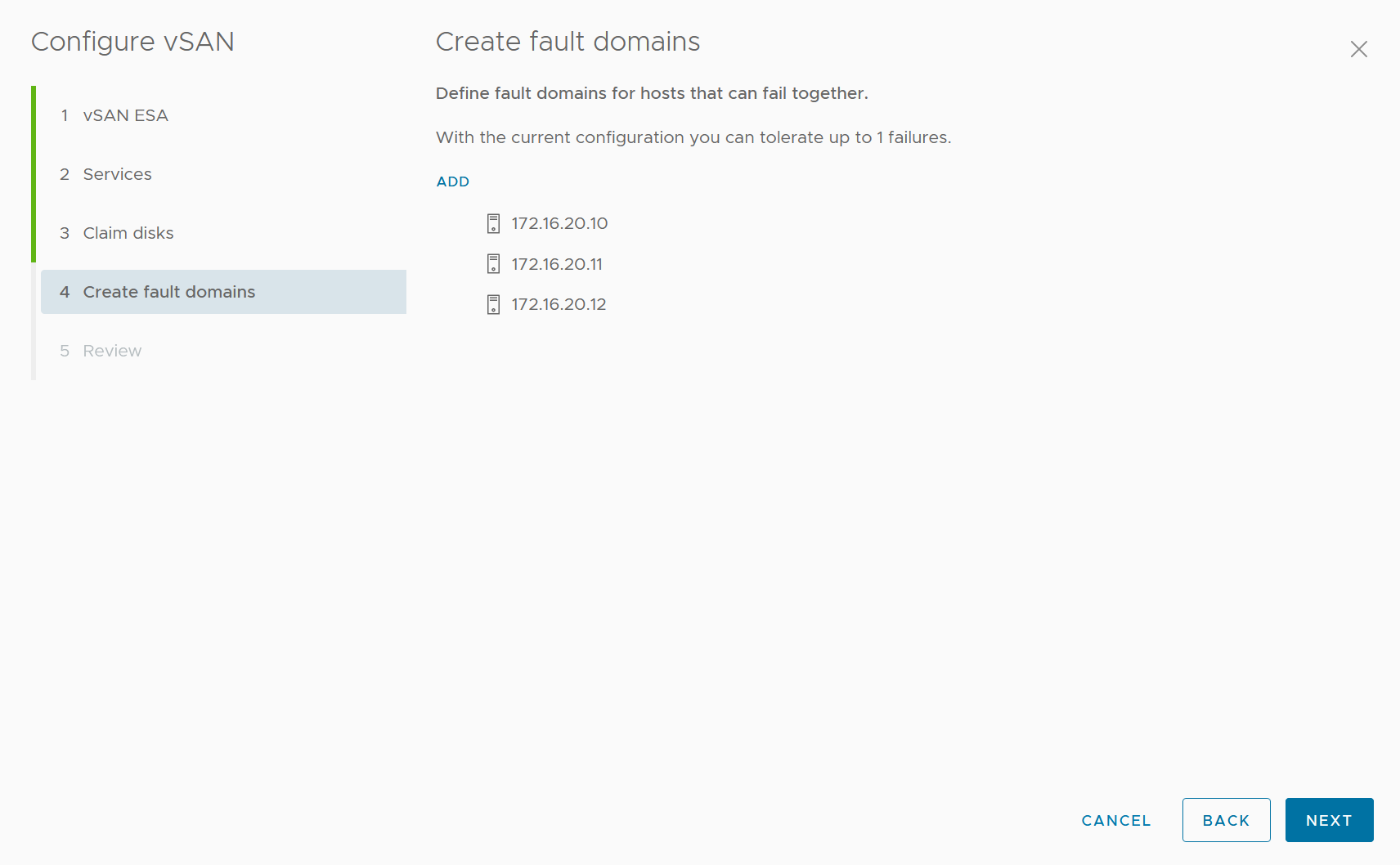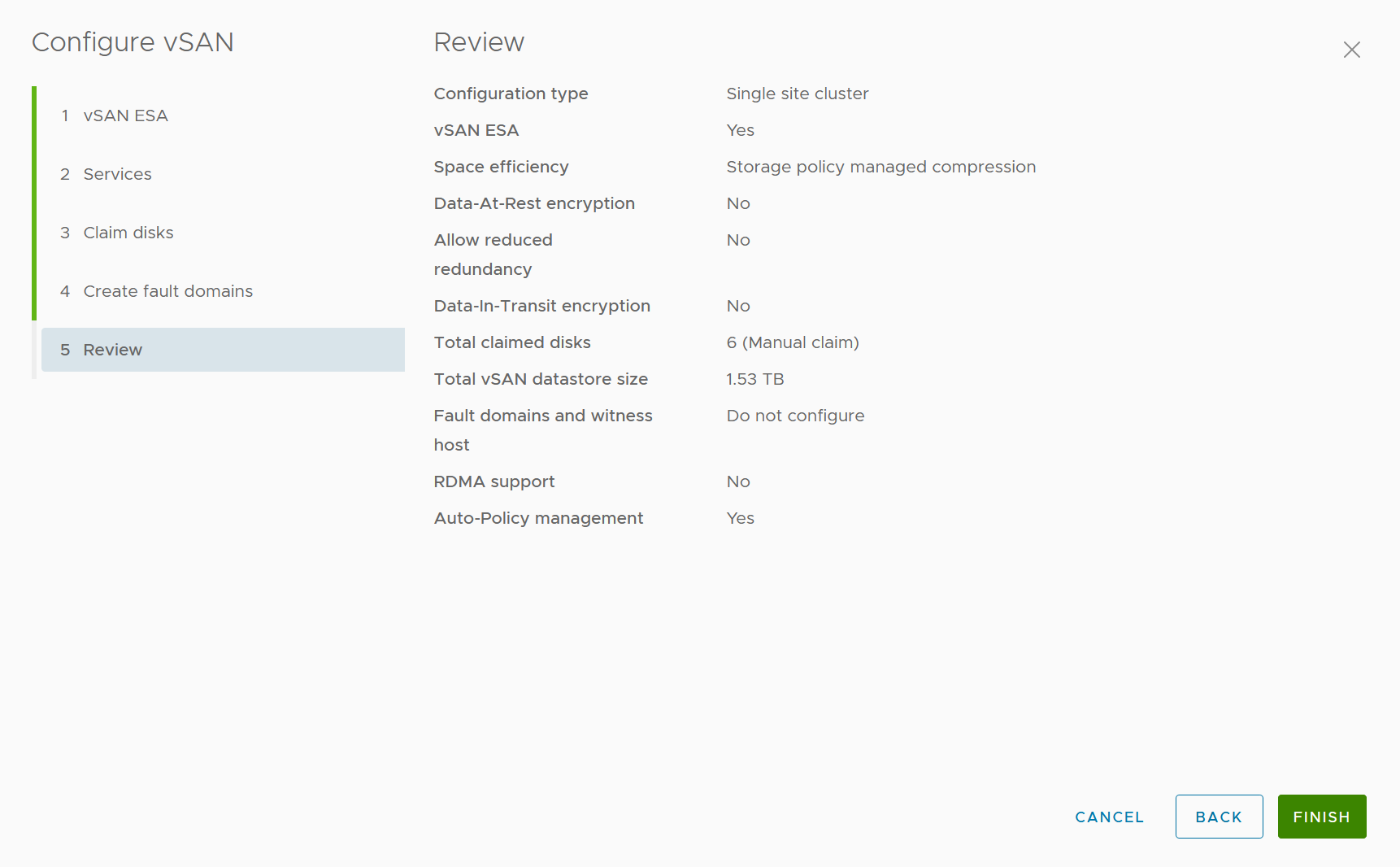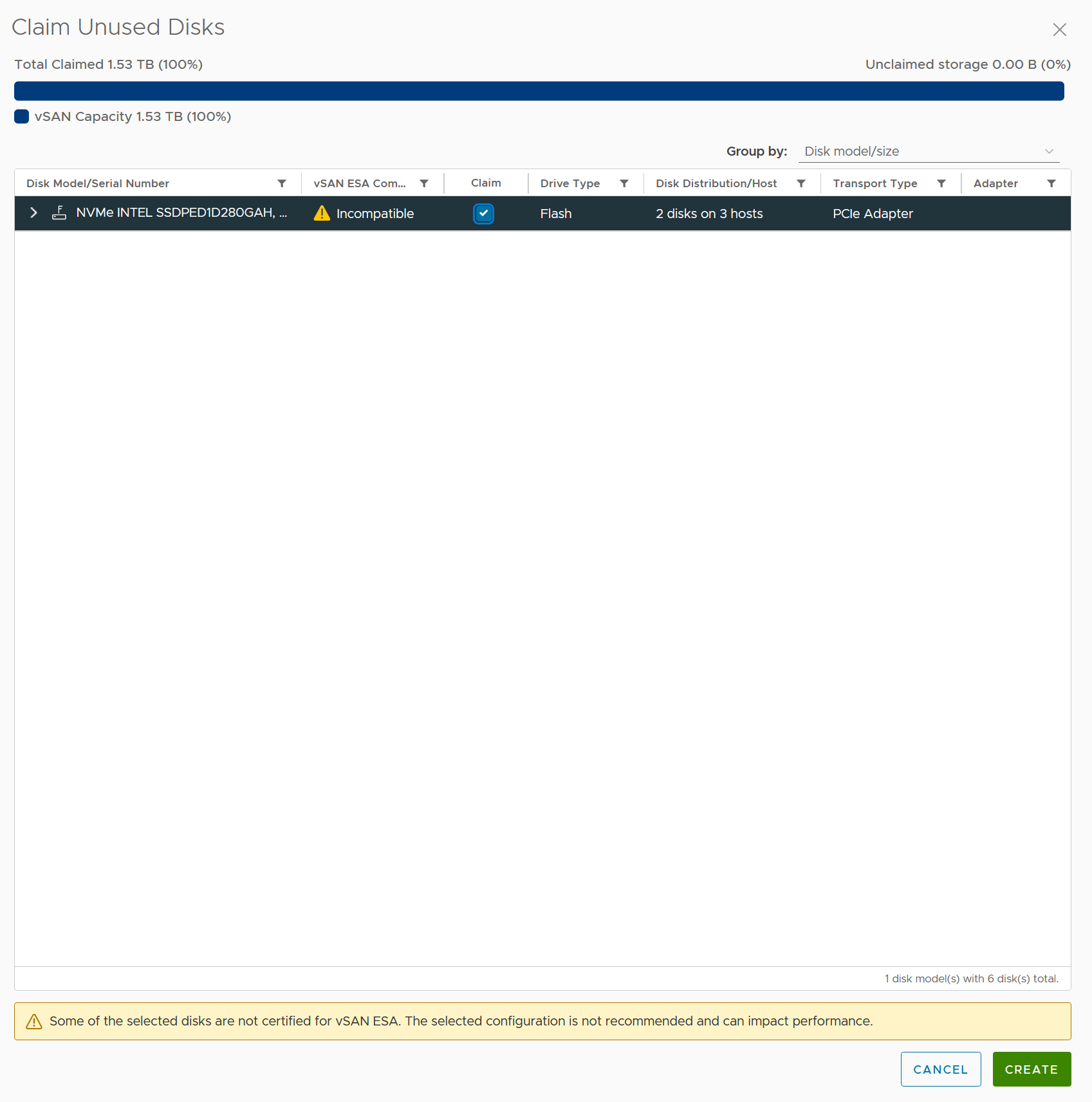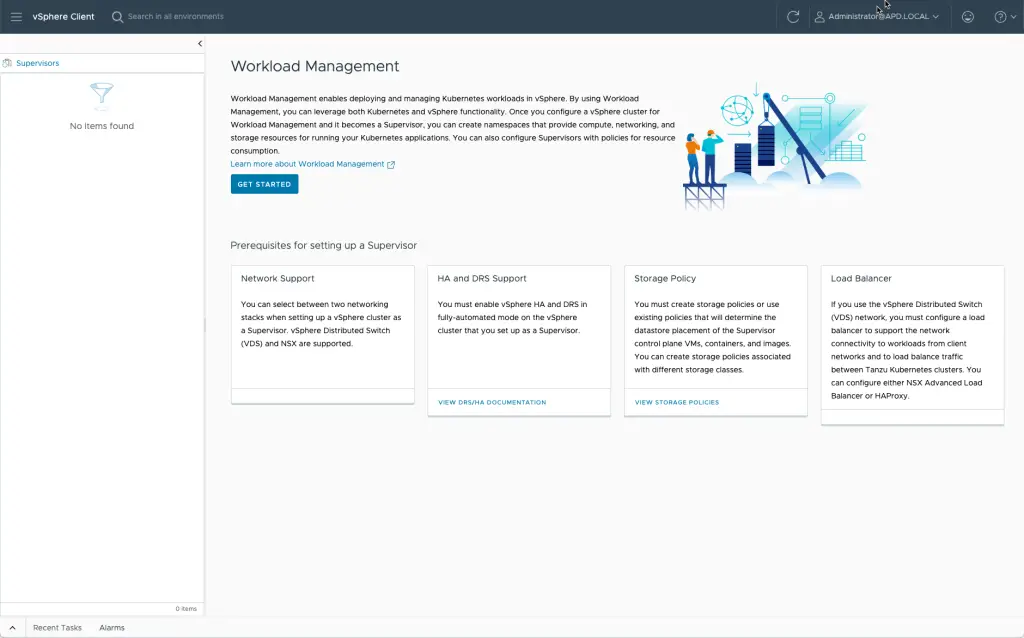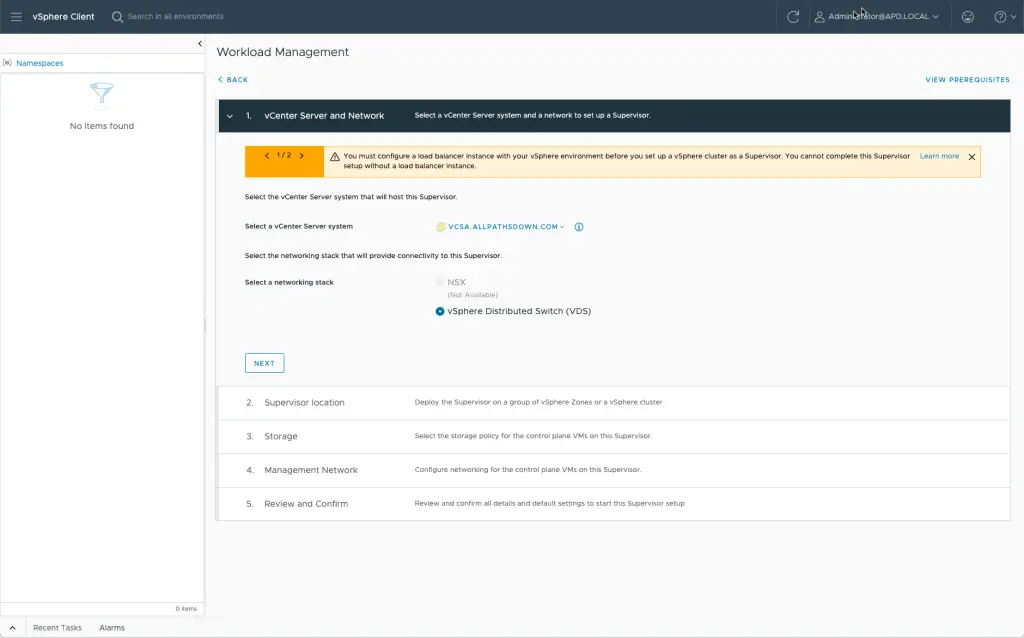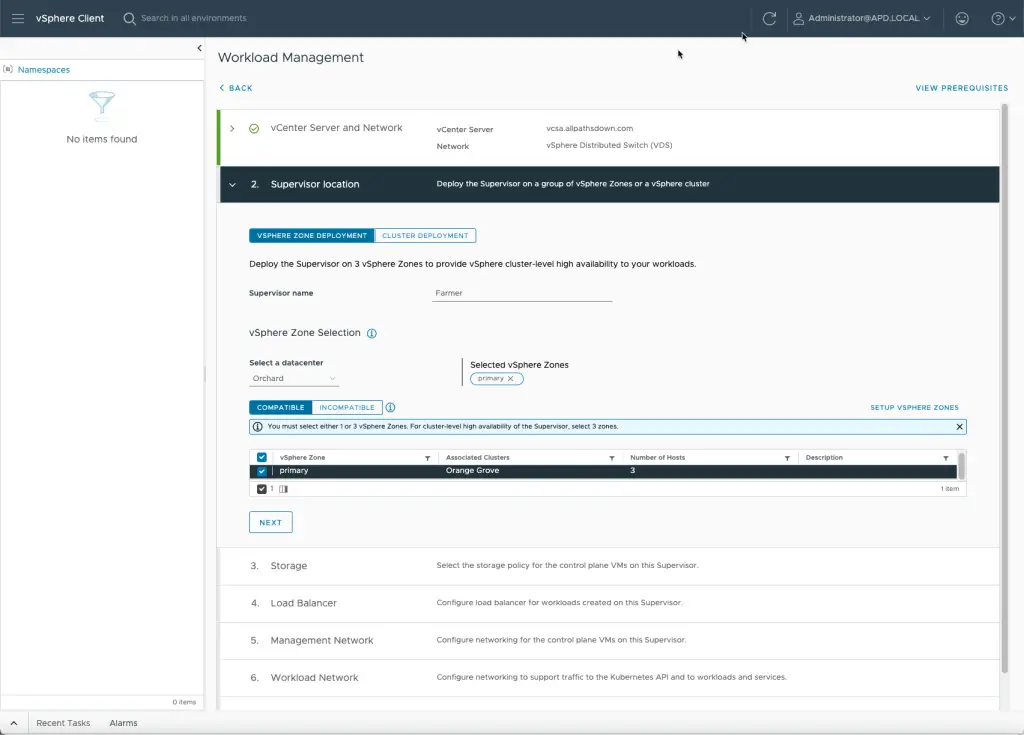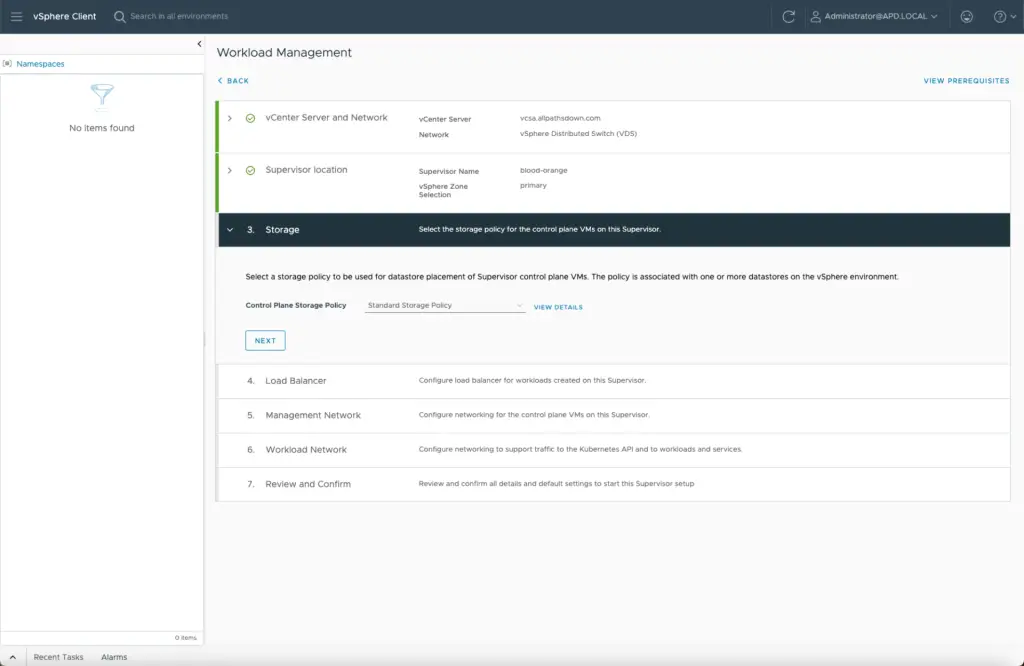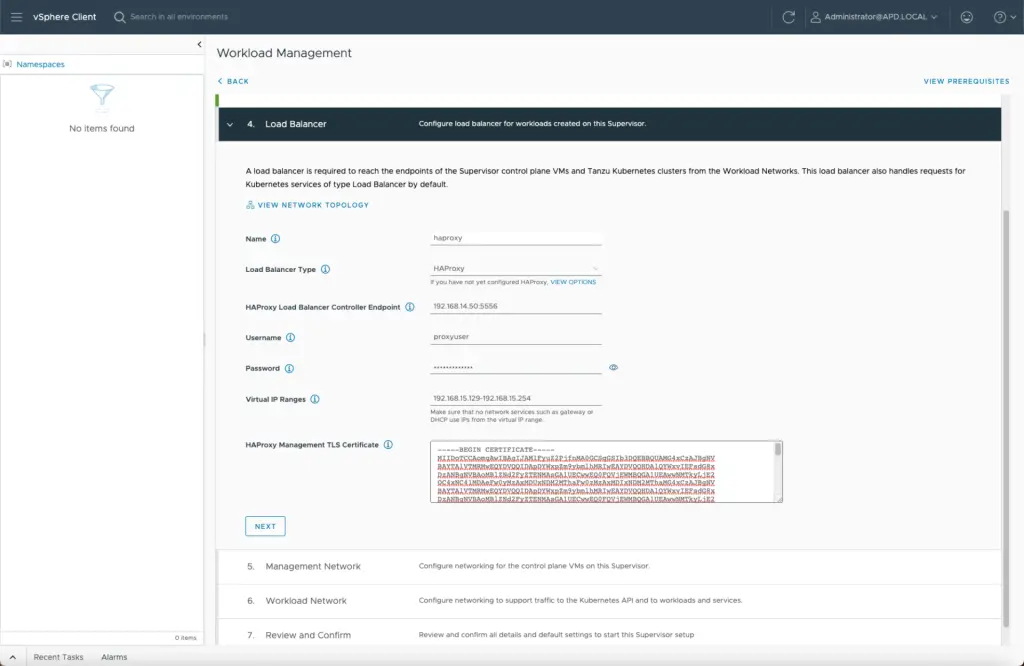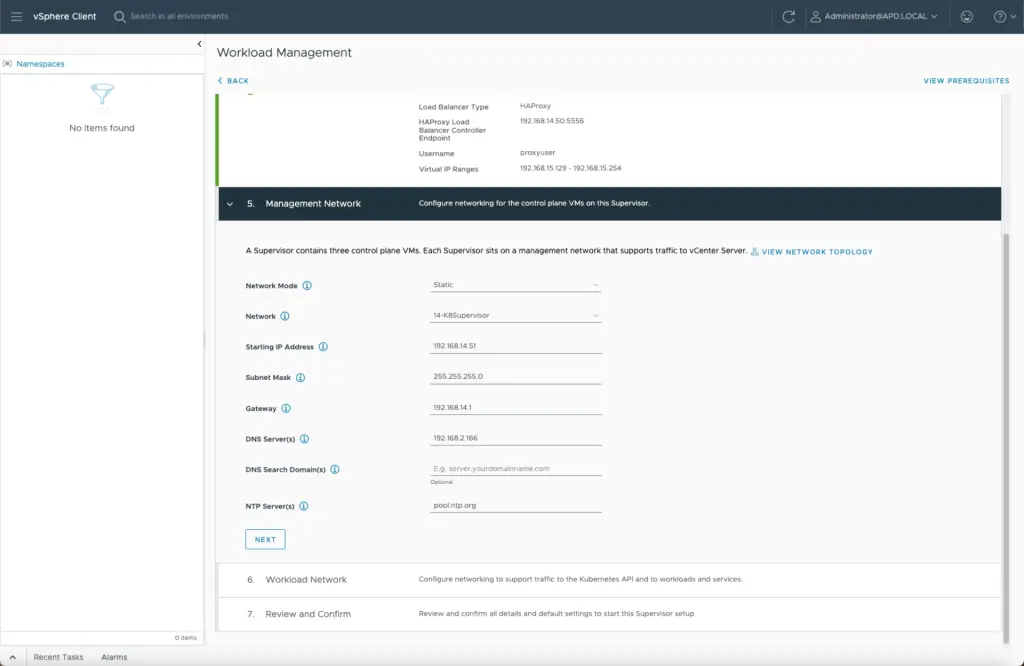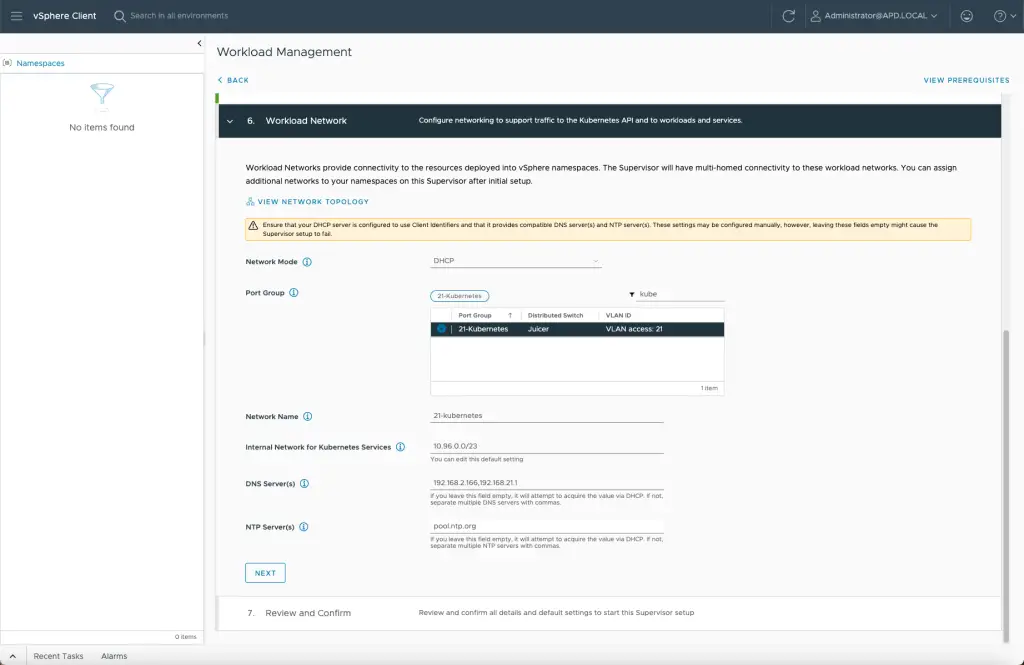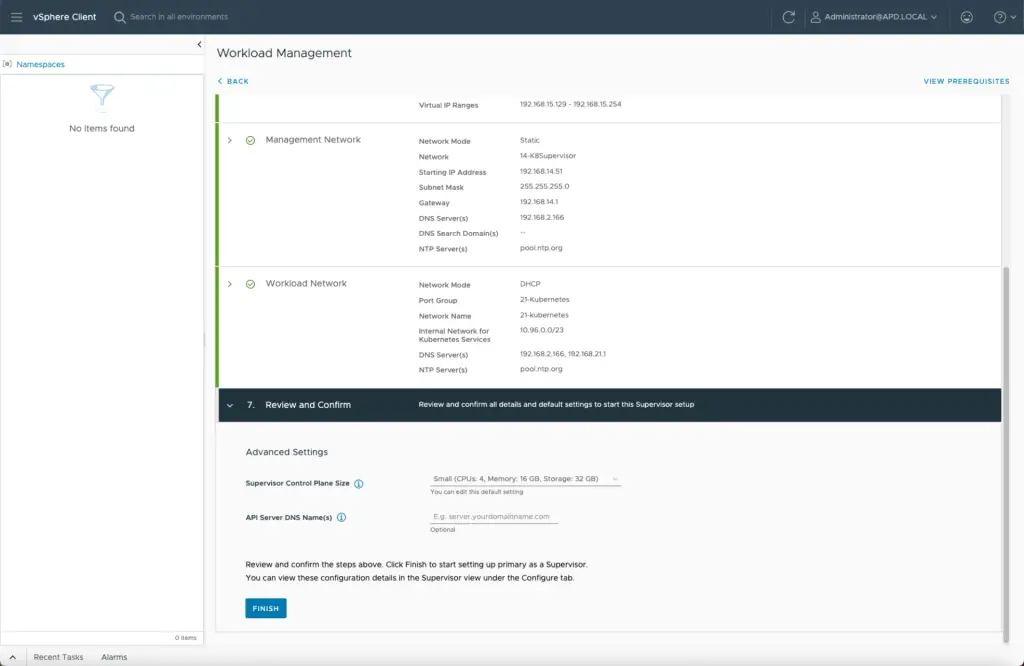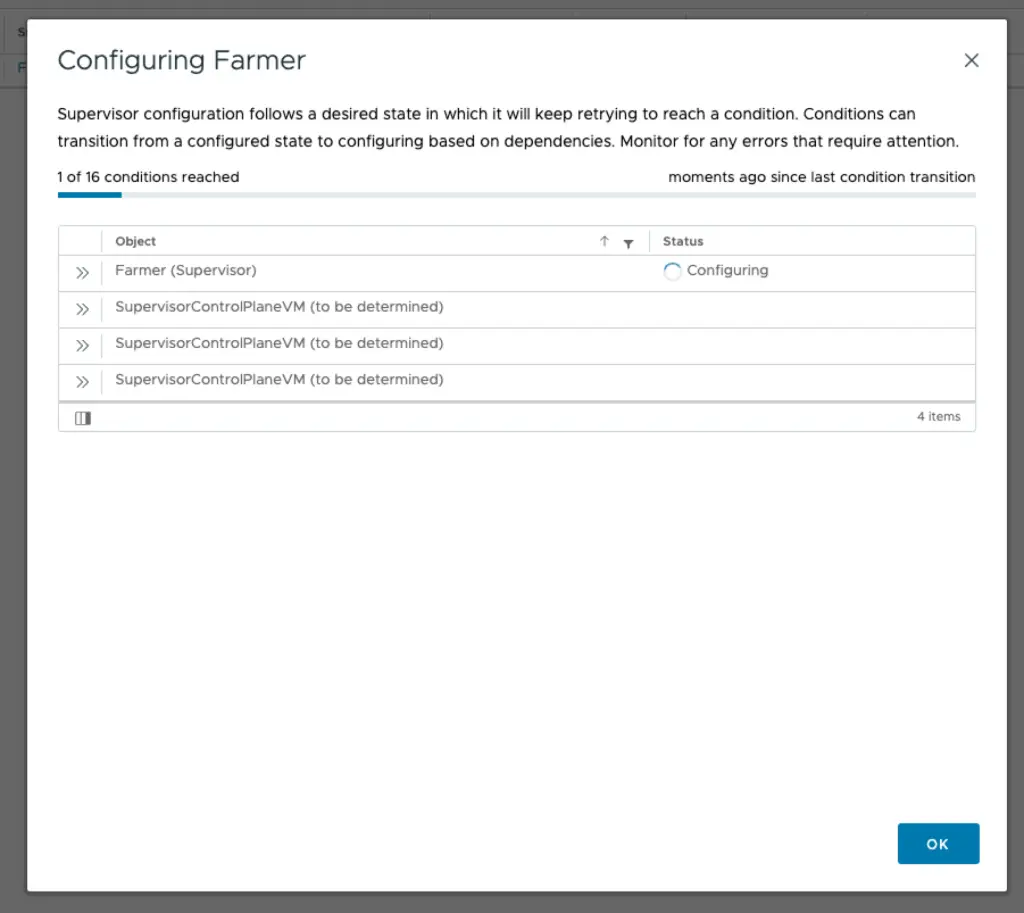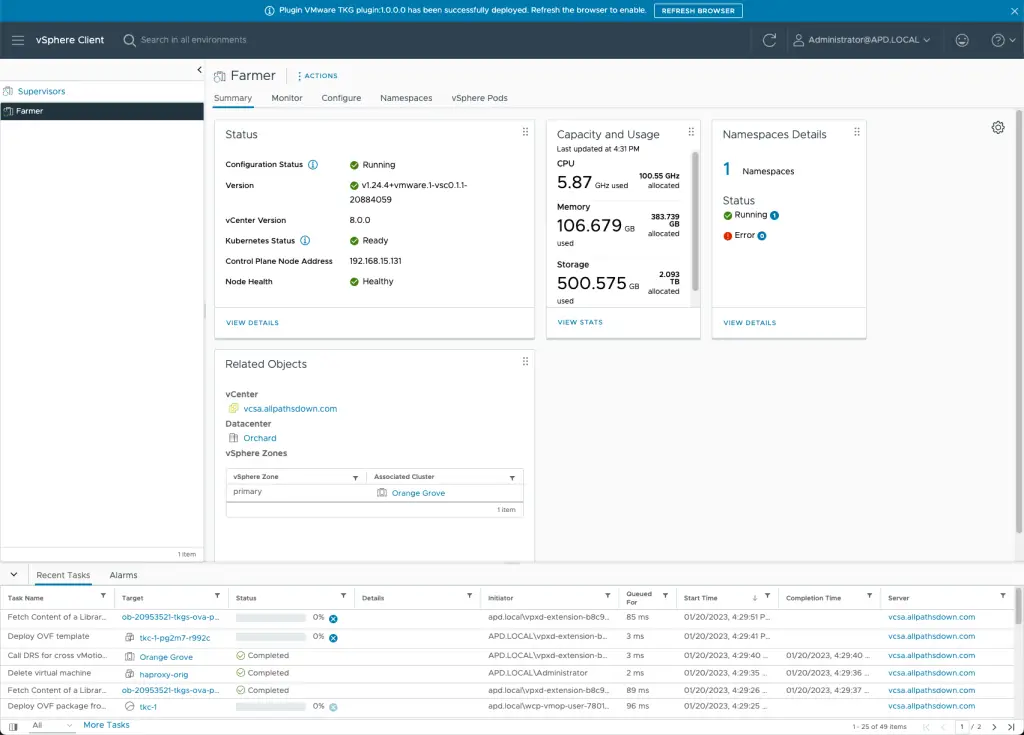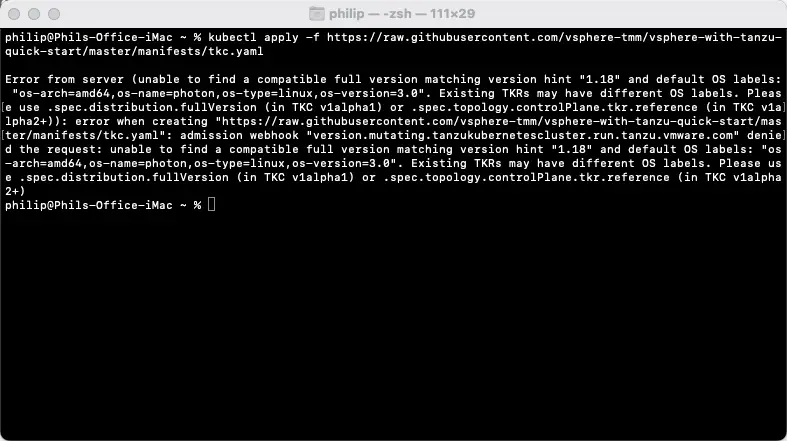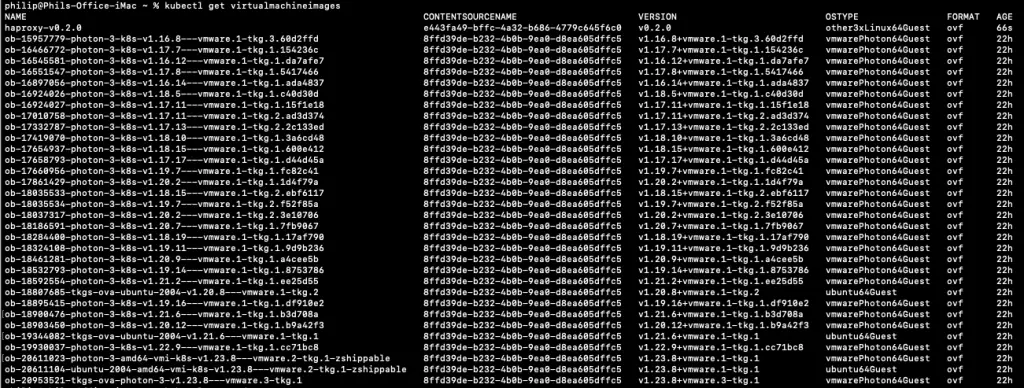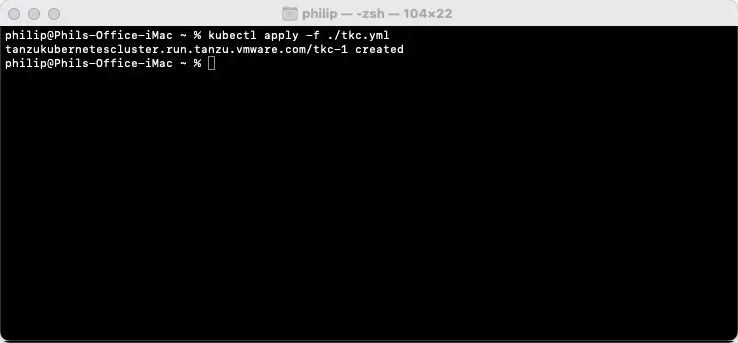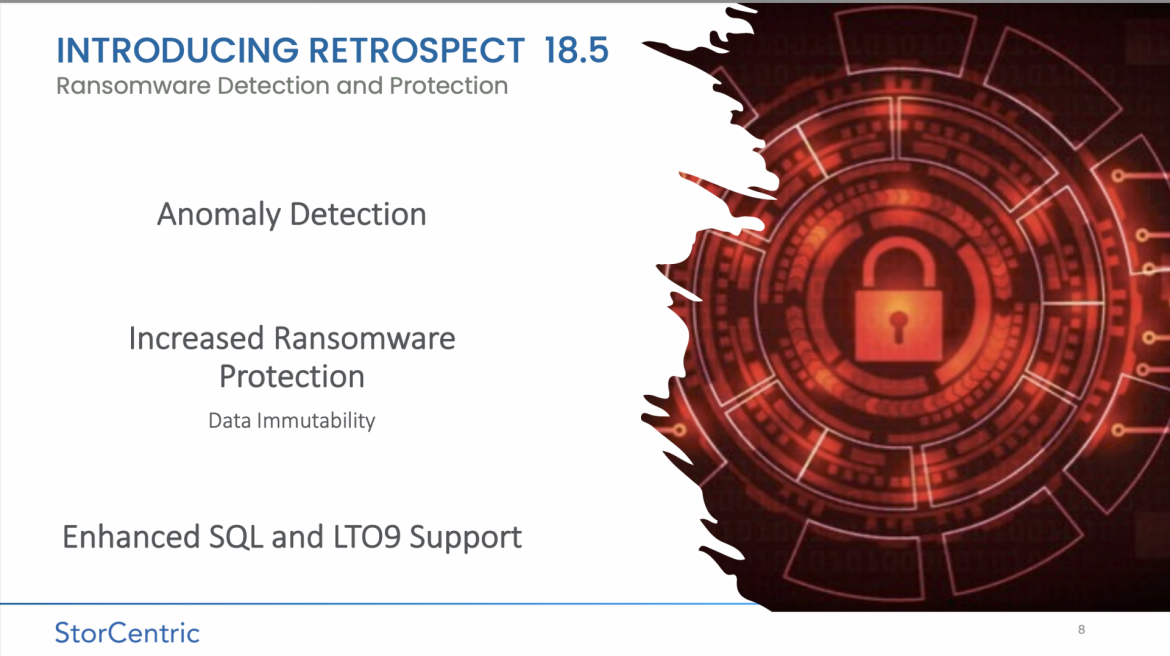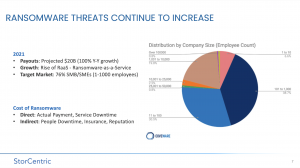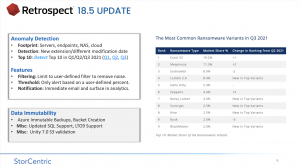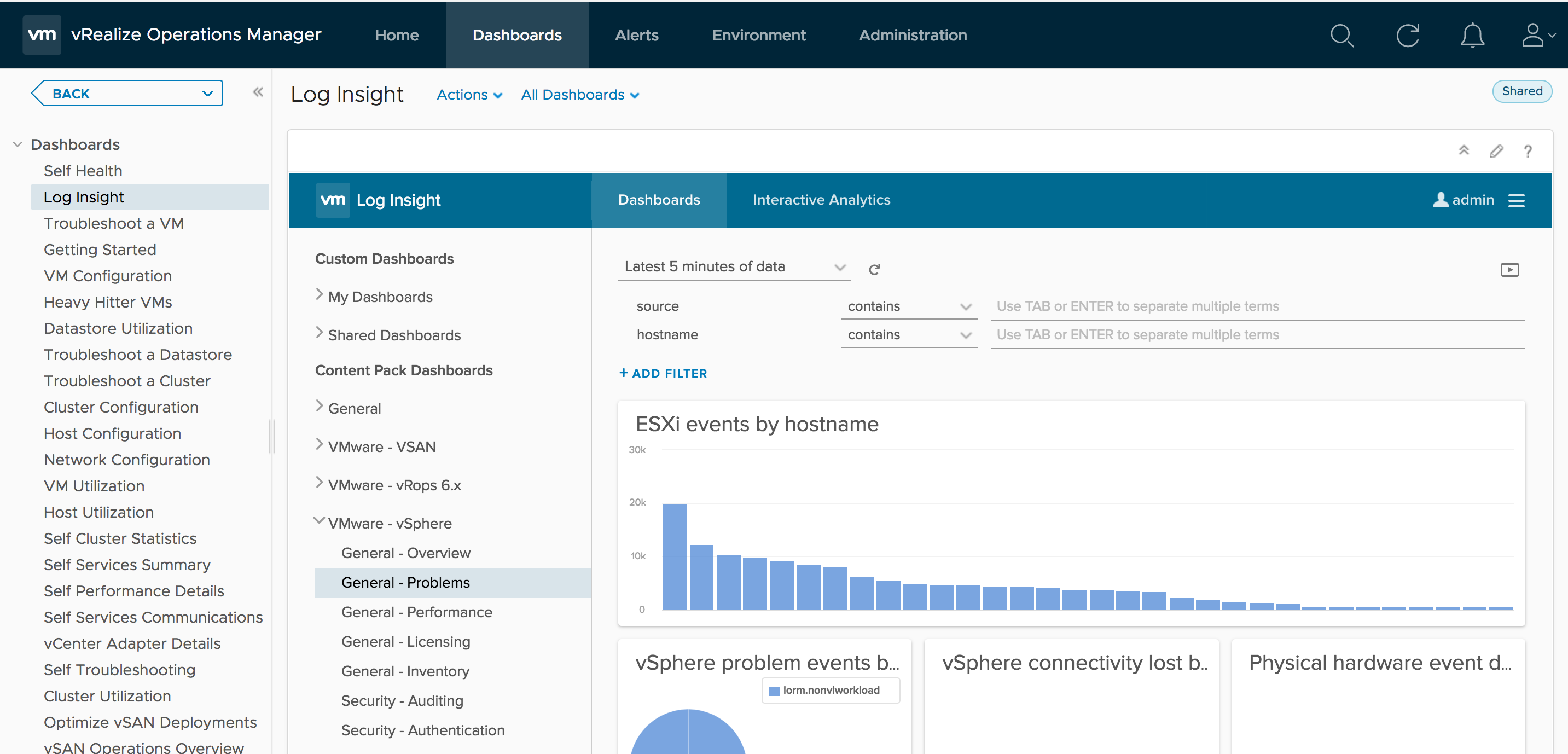After I moved my VM’s to the vsan, I saw this warning.

So lets go ahead and enable auto re-balancing,
Lets go to the cluster, Configure, vSAN, And Services.
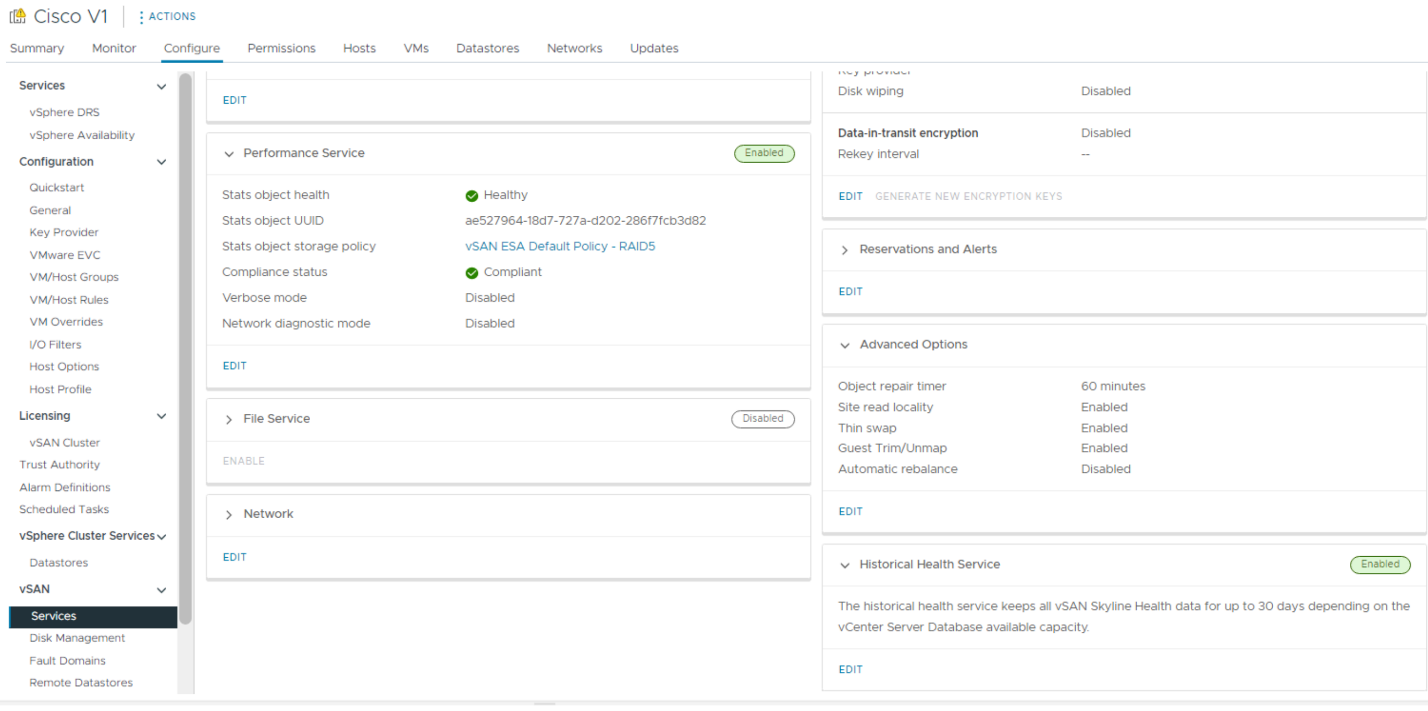
Lets click on edit, Under Advanced Options
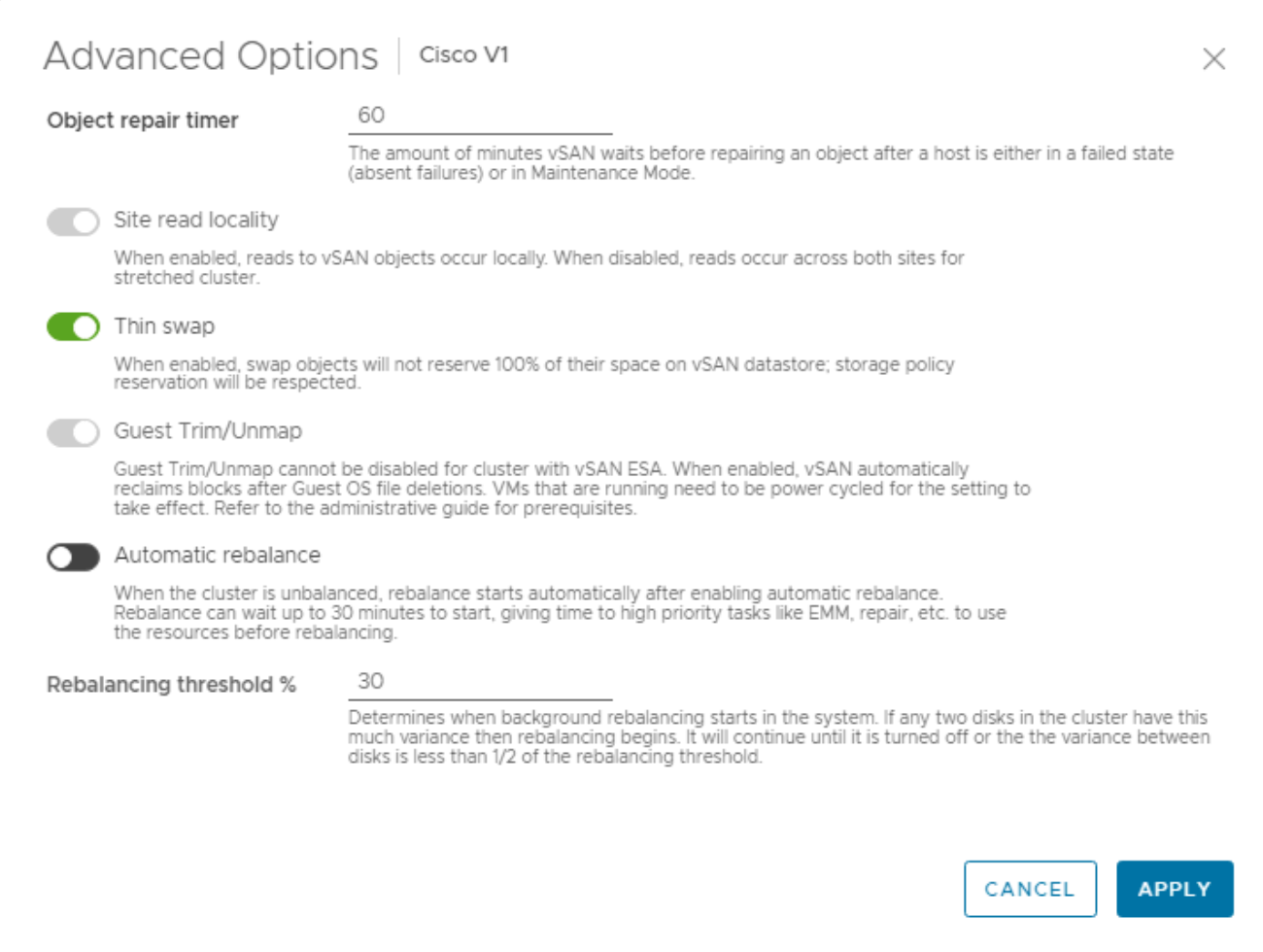
Lets change automatic re-balance to enable, and click Apply.
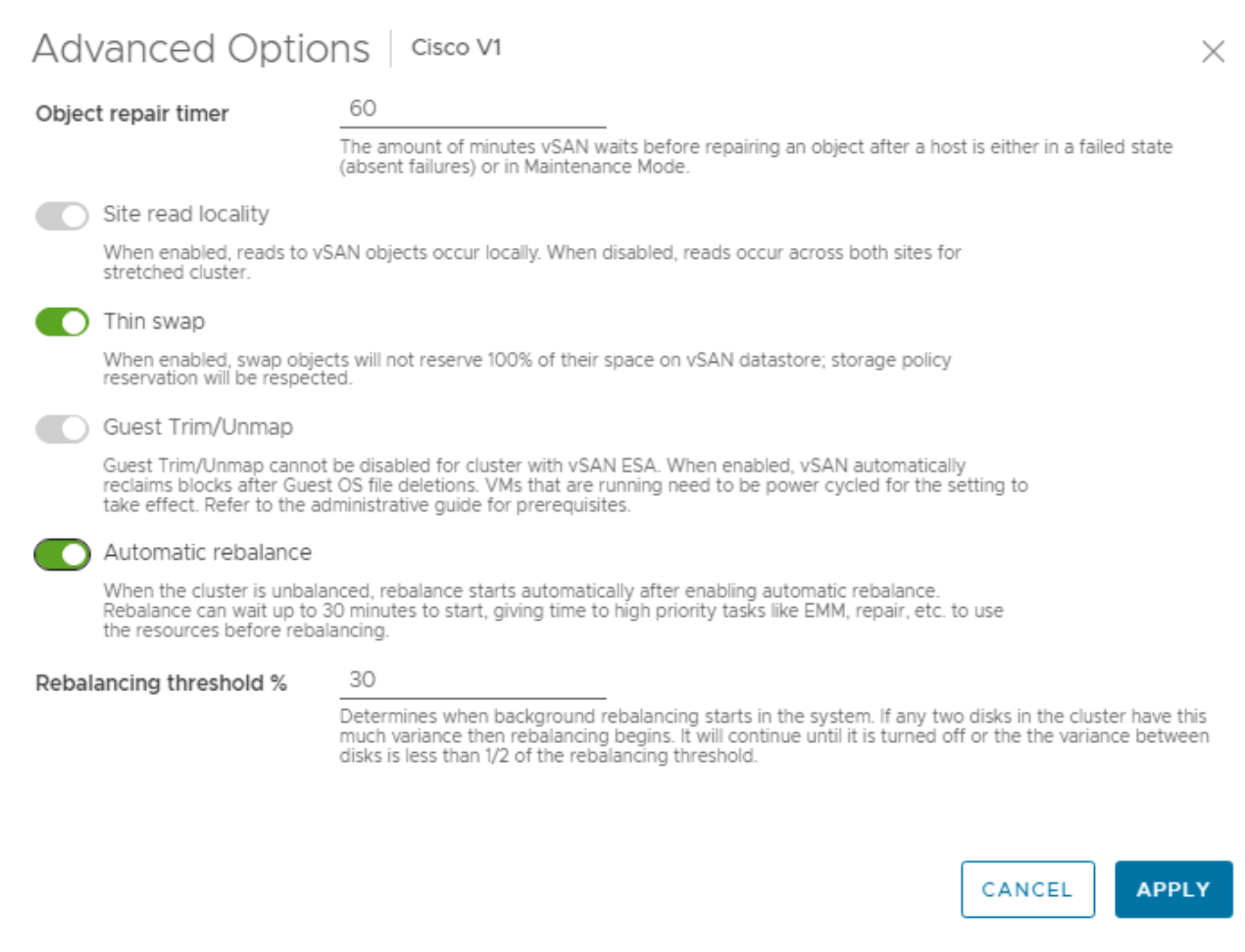
Now lets go to monitor, vSAN and Re-syncing Objects
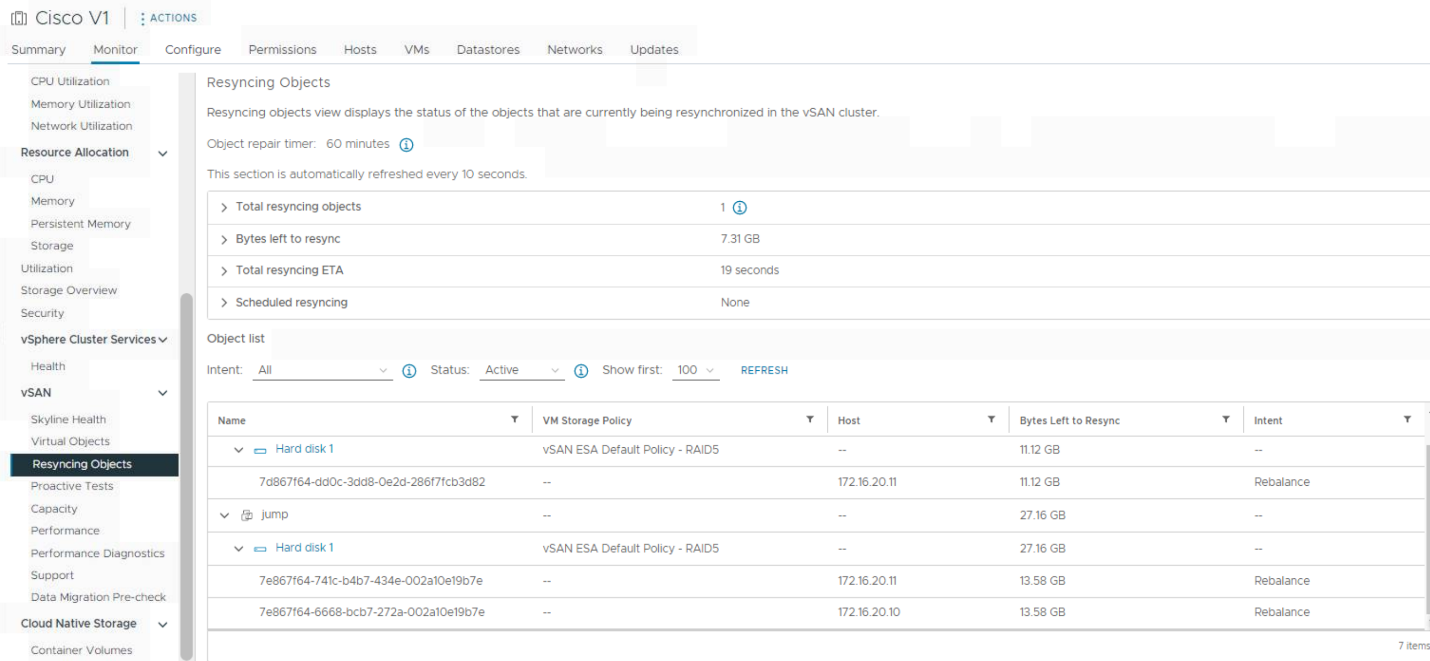
As you can see, there are items with the intent to re-balance on the right.
And now there are none.
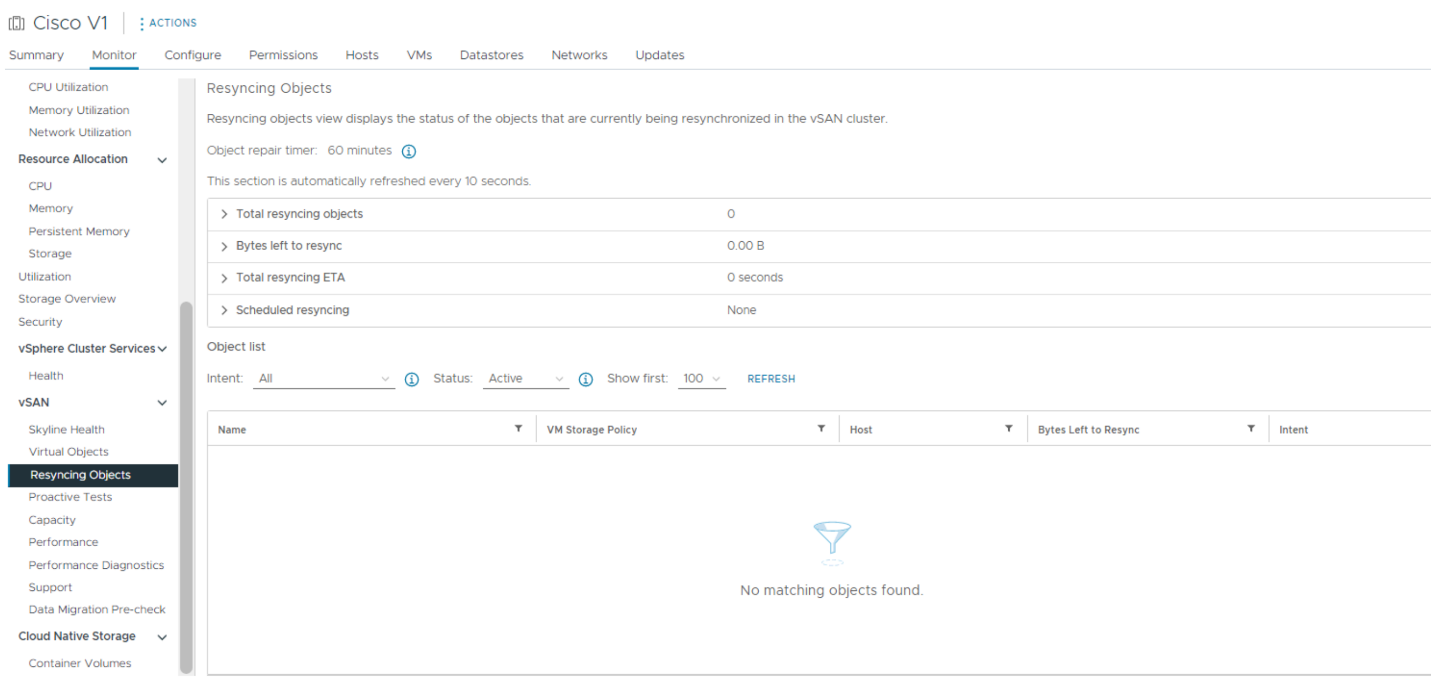
I asked Chat GPT the following to see what it thought about why we need to do this.
VMware vSAN (Virtual SAN) is a software-defined storage solution that pools local storage resources of ESXi hosts to provide a highly available and resilient shared storage solution for virtual machines. Re-balancing in vSAN is an essential operation for various reasons:
- Even Distribution of Data: Over time, as workloads change, new data is written, and old data is deleted, the distribution of data across the disks and hosts can become uneven. Re-balancing ensures that the data is uniformly spread across the cluster, maximizing the utilization of resources.
- Performance Optimization: An imbalanced cluster can lead to some disks or hosts being more heavily utilized than others. This can result in performance hotspots. By re-balancing the data, the I/O load is spread more evenly across the cluster, which can enhance overall performance.
- Capacity Management: If one disk or host becomes fuller than others, it might run out of space even when other parts of the vSAN cluster have ample free space. Re-balancing helps in ensuring that storage capacity is used effectively, and no node runs out of space prematurely.
- After Adding or Removing a Disk/Host: When you add new hosts or disks to a vSAN cluster, they start empty. vSAN’s re-balancing operation ensures that the new resources are utilized efficiently. Similarly, when a disk or host is removed, the data from that resource needs to be redistributed to maintain the desired fault tolerance levels.
- Ensuring Compliance with Storage Policies: vSAN allows you to define storage policies that determine factors like fault tolerance and stripe width. If the data isn’t balanced properly, it might not meet the requirements of these policies. Re-balancing helps in ensuring that the data complies with the set policies.
- Maintenance Operations: Before performing maintenance tasks or updates on a host, you may need to evacuate the data. After completing the task and bringing the host back, re-balancing can help restore the data distribution to its optimal state.
- Health and Monitoring: vSAN health checks monitor for imbalances in the cluster. Re-balancing helps in rectifying those imbalances, thus ensuring the cluster remains in a healthy state.
It’s worth noting that VMware vSAN has automated mechanisms to handle some level of re-balancing operations in the background. However, there are scenarios, especially in rapidly changing environments, where manual intervention or closer monitoring might be necessary to ensure optimal performance and capacity utilization.
what do you think, is it far off?
That’s all for today 😊

